What Should You Check When Buying A Tenanted Property In Singapore?
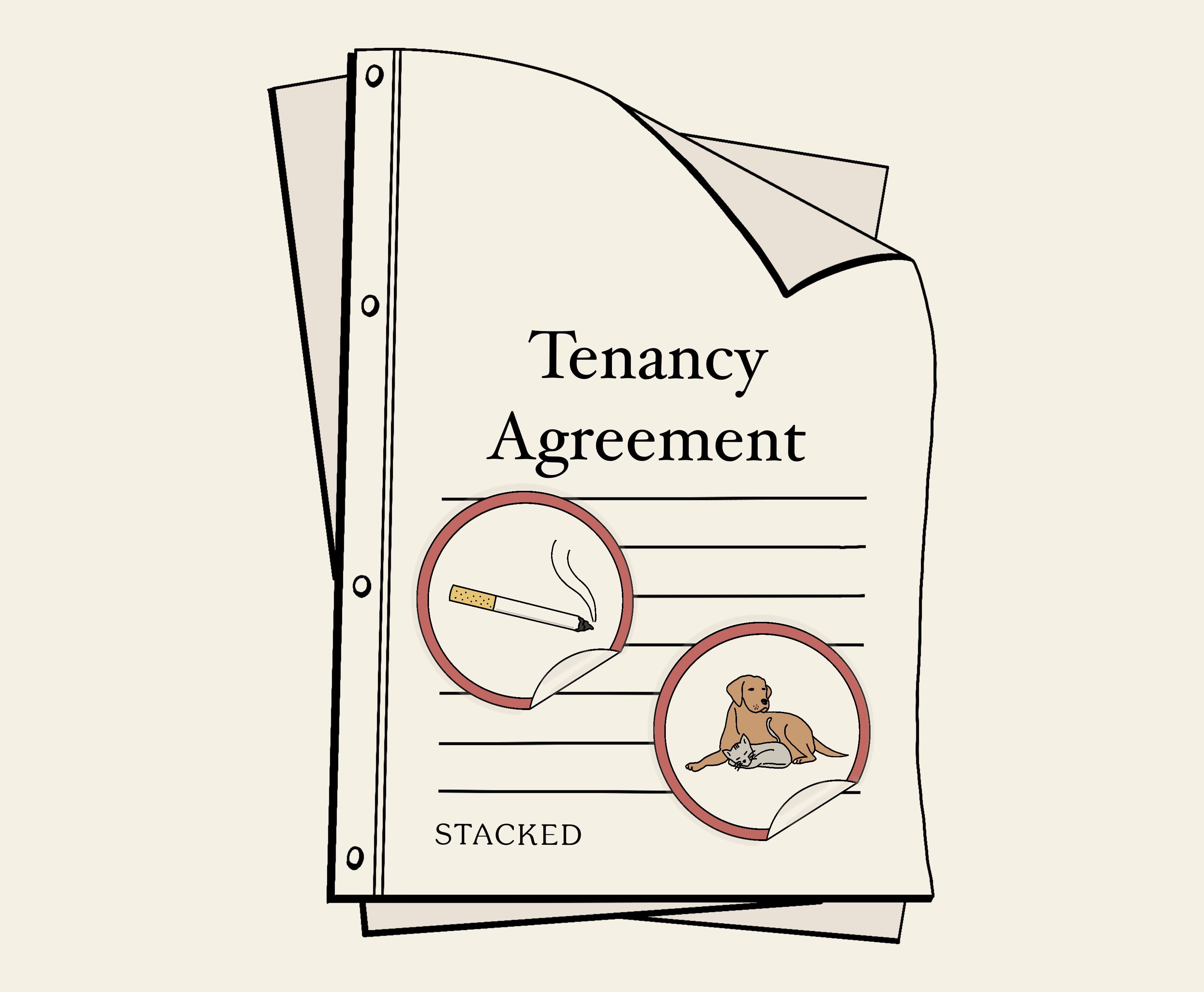
Get The Property Insights Serious Buyers Read First: Join 50,000+ readers who rely on our weekly breakdowns of Singapore’s property market.
A seasoned content strategist with over 17 years in the real estate and financial journalism sectors, Ryan has built a reputation for transforming complex industry jargon into accessible knowledge. With a track record of writing and editing for leading financial platforms and publications, Ryan's expertise has been recognised across various media outlets. His role as a former content editor for 99.co and a co-host for CNA 938's Open House programme underscores his commitment to providing valuable insights into the property market.
You’ve found the ideal property that’s five minutes from work and the children’s school, but there’s just one issue: a tenant is living there, and his lease only expires almost 10 months from now. That’s a long time to wait before trying to buy.
Invariably, your property agent – if not the seller’s agent – is going to pop the question: why not just buy it while it’s tenanted? You can get some rental income while you wait. After all, some investors even purposely buy a tenanted property for the income.
Well that’s not always a bad idea, unless you go into it without knowing what to check. As such, here is the Stacked guide on what questions to ask, and where to look, before you buy a tenanted unit:
Before we get into this, note that you can ask for vacant possession, even if there’s already a tenant.
You don’t have to take over the existing tenancy and then wait till it’s over. If you need to move in right away, state this as a condition of the sale. It’s the responsibility of the seller, if they want to transact, to come to a settlement with the tenant.
Do be prepared for some pushback, such as sellers asking for a bit more in order to terminate the existing Tenancy Agreement (TA). This is all open to negotiation. However, we suggest you have a three-way conversation that includes the tenant, when discussing it with the seller.
What should you check before you buy over a tenanted unit?
- The existing Tenancy Agreement (TA)
- Rental expenses for your tax deduction claims
- What the tenant(s) intend at the end of the lease
- The inventory list for the property
- Any unstated arrangements or arrears
- The current net rental yield
1. The existing Tenancy Agreement (TA)
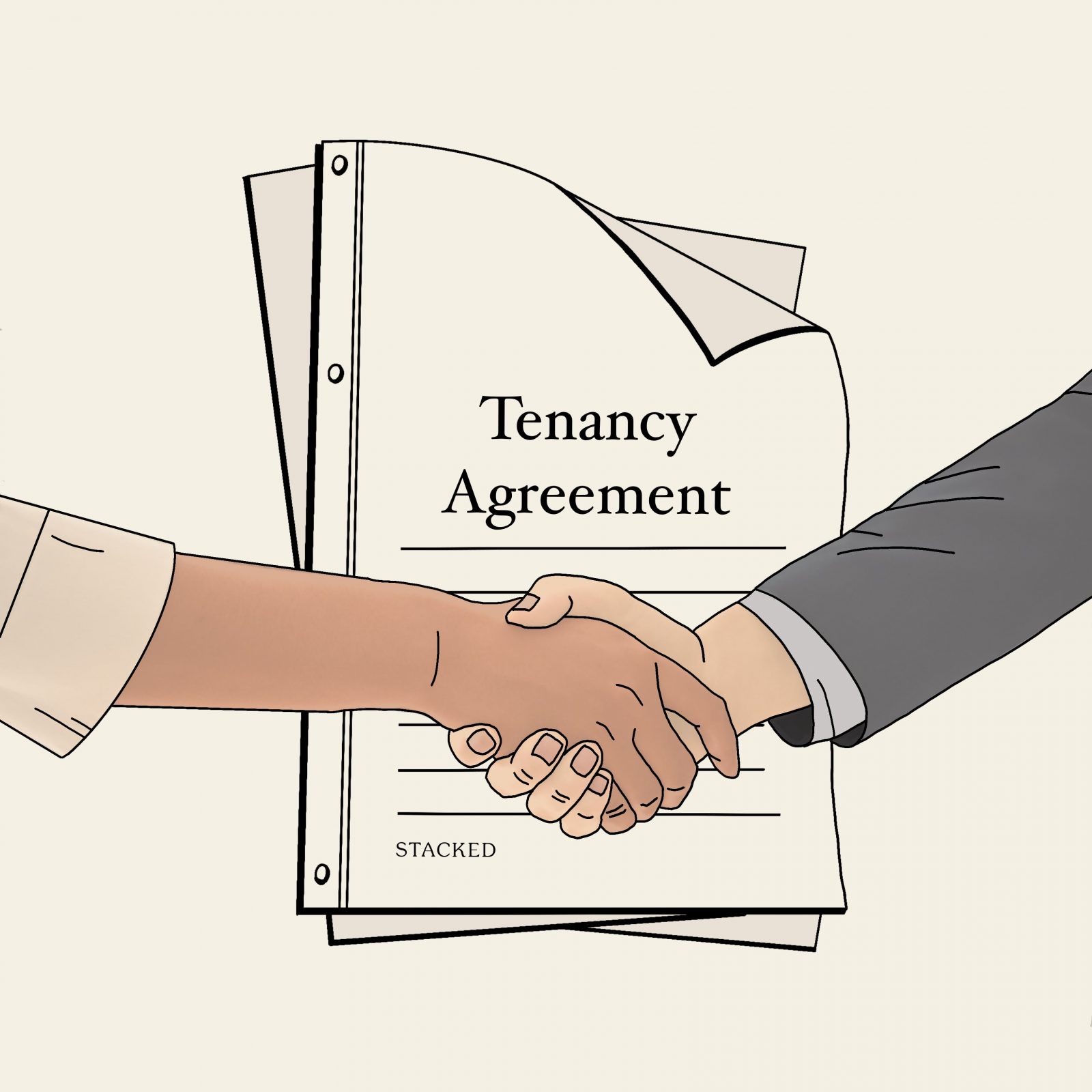
As of 2018, most TAs are in the form of the template offered by the Council for Estate Agencies (CEA). It’s important to read through the TA as it spells out what you, and the tenant(s) you’re taking on, are responsible for.
For example, in the template TA, note it is the tenant, and not the landlord, who pays for air-conditioner servicing contract:
“The Tenant shall take up a service contract with a qualified air-conditioning contractor to service and maintain the air-conditioning units installed at the Premises, at least once every three (3) months at the expense of the Tenant and to keep them in a good and tenantable repair and condition including the topping up of gas (if necessary), throughout the Term.”
Also, the minor repair clause in the template TA is left blank, so this can vary between contracts:
“MINOR REPAIR: The Tenant is responsible to pay for all minor repairs so long as the cost per item per incident does not exceed S$______________.Where cost exceeds this amount, Tenant shall pay this amount of S$______________and the balance shall be paid by the Landlord.”
There have been cases where new landlords end up paying for things that the tenant is meant to handle.
The TA may not be the standard template provided by CEA
There is no legal requirement to use CEA’s template TA, although that is the industry norm. Where the tenant and previous landlord have deviated from this, you need to find out (1) why they’ve chosen to use a different contract, and (2) the key areas in which it differs from the typical TA.
2. Rental expenses for your tax deduction claims

Some rental expenses can be claimed as tax deductions. These include:
- Maintenance costs such as general upkeep, pest control, and utility bills
- Furniture rental, replacement of various fittings and furnishings
- Internet (wi-fi) bills
You can check the full list of claimable items from IRAS.
Note that you can either claim for specific deductions, or make an automatic claim for 15 per cent of gross monthly rent as expenses. You need to know the current claimable amount, so you can decide if it’s better to claim for specific costs or just go with the flat 15 per cent.
3. What the tenant(s) intend at the end of the lease
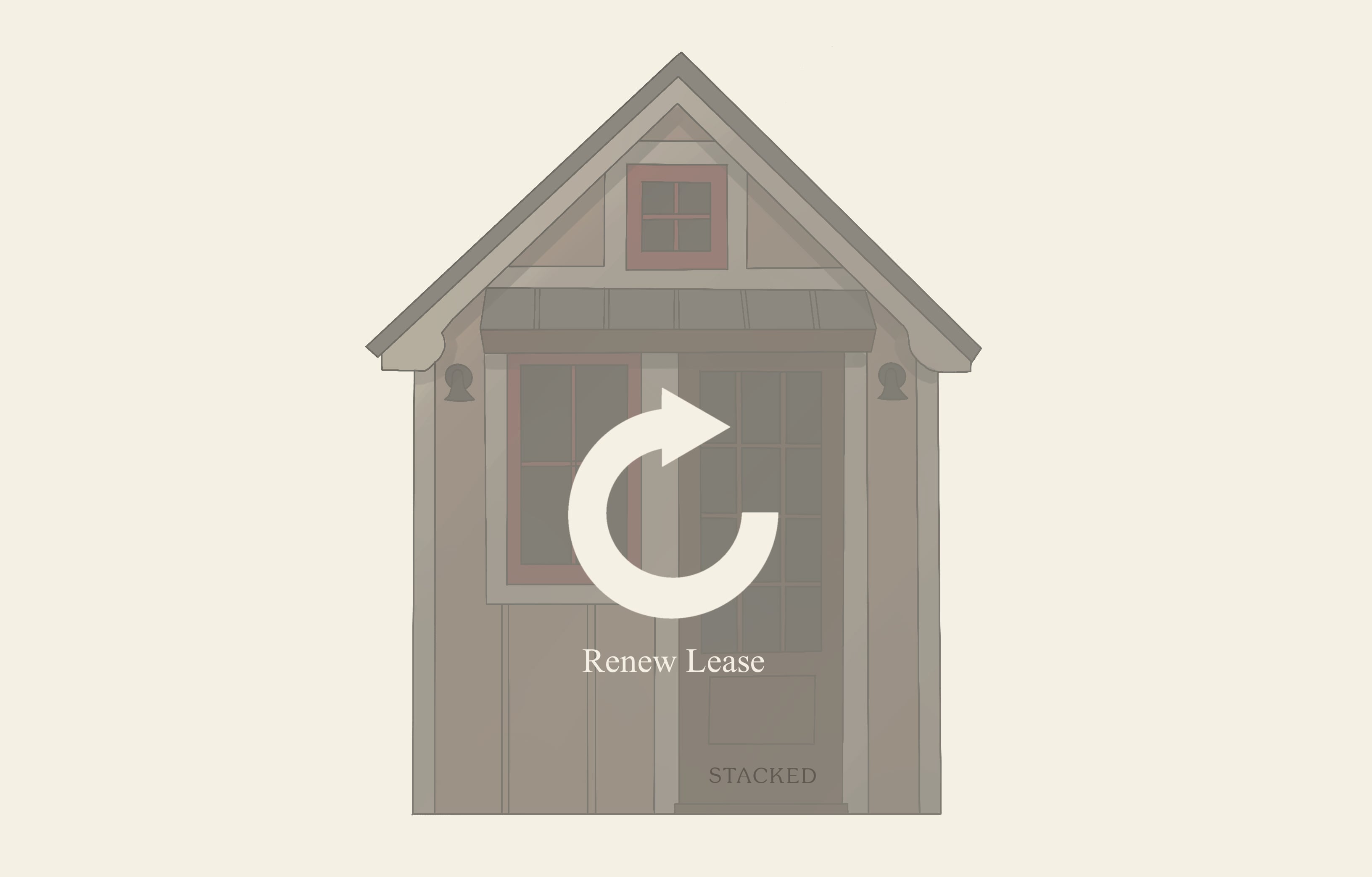
If you want to move in, you need to know this to manage the timeline for selling your previous home, your temporary accommodations, etc.
If your intent is investment, and you want to keep collecting rent, this will give you a sense of the value you’re getting. Ideally, you want an arrangement where the tenant intends to stay on, and will renew for another year or two.

Rental MarketWill Singapore’s Rental Market Maintain Its Resilience In 2021?
by Ryan J. OngIf the tenants are on short, six-month leases and intend to move on right after, then the property may not be the income generator you’re hoping for. This can be the deciding factor, when comparing between two broadly similar, tenanted properties.
4. The inventory list for the tenanted property
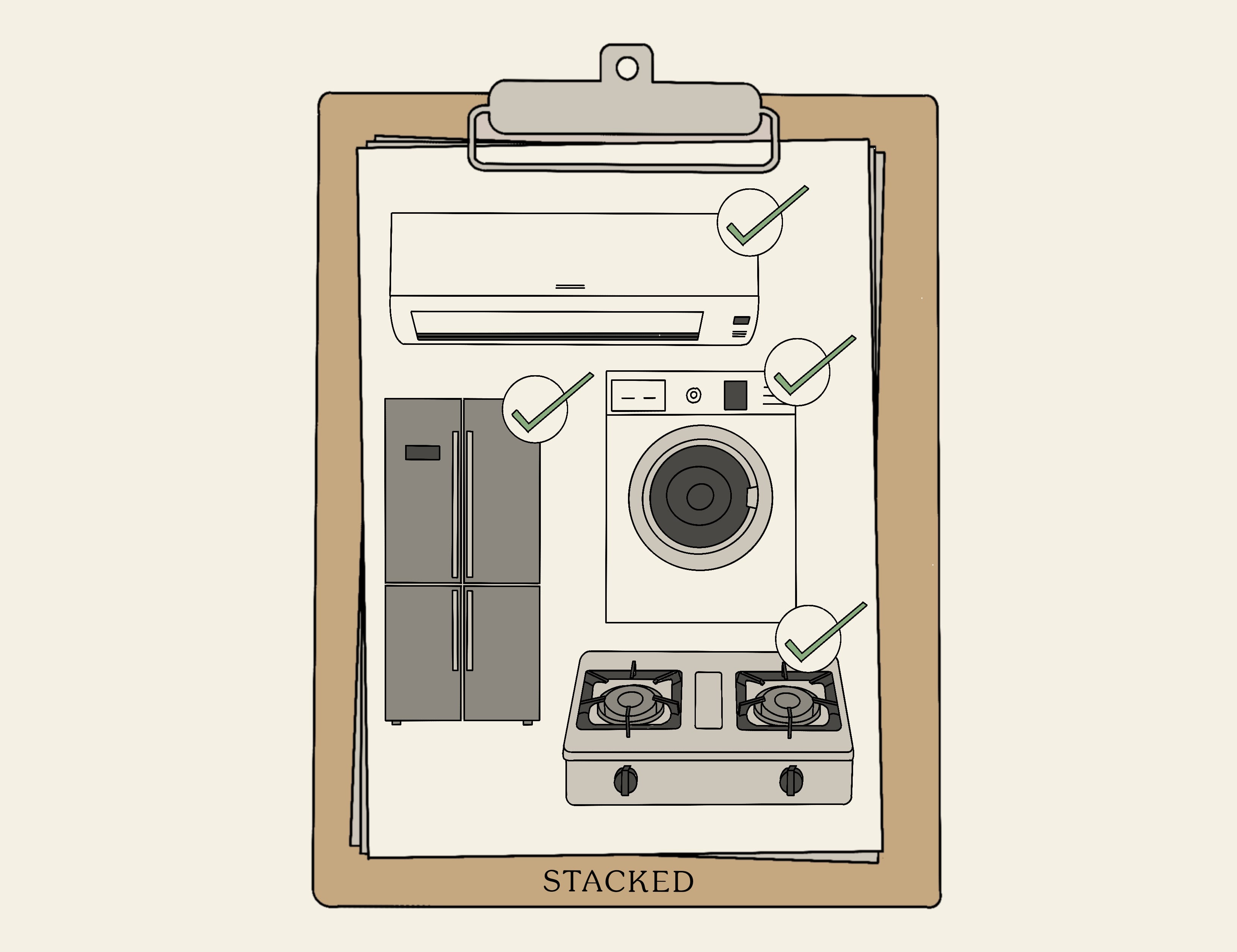
If the property is tenanted, and the seller rents it out fully furnished, the industry norm is that you’ll also buy over the existing Fittings, Furnishing, and Equipment (FF&E).
The most important of these to note are white goods, such as:
- The air-conditioning system
- Washers and dryers
- Kitchen stoves
- Refrigerators
As you’re effectively paying for all this, you need to check whether the tenant has kept them in working order (especially if you’re moving in right after them).
In some cases, the property may have been rented to the tenant semi-furnished, or completely unfurnished. This could mean everything from the beds to the washer / dryer belongs to the tenant; bear in mind that you’re getting none of it in the purchase.
Some landlords prefer units where the tenant owns all the furnishings and appliances; this means you’re not liable to fix any of it when it breaks. Also, the tenant will be obliged to clear their old stuff out when they move out, thus saving you the trouble of doing it yourself. You may not want the seller’s old fridge, washer, stove, etc.
As a Stacked tip, we suggest you approach the tenant about buying over their furniture / appliances when the lease is up, assuming it’s in good condition. Tenants often struggle to offload furniture and appliances anyway, such as if they’re flying back home. You can probably buy the items for much cheaper than you’d get at Courts, IKEA, etc.
5. Any unstated arrangements or arrears

Most tenancy situations are not 100 per cent “by the book”. It’s quite common to find things that are not in the TA, or even in direct violation of it, that the previous landlord chose not to pursue. The typical examples are:
- Smoking within the property (and sometimes discarding cigarette butts along the balcony area)
- Keeping pets
- Having large numbers of people staying over, who are not other tenants
- An inventory, over time, completely fails to match the one in the actual TA (this can happen if the tenant is constantly replacing things, and the former landlord was okay with not documenting it)
It’s best to clear the air about what you will or will not tolerate as the new landlord, from the very start. Never assume that the tenant and previous landlord followed the TA exactly.
Above all, find out about late rental payments, the security deposit, or money owed by the previous landlord
Knowing about late rental payments is simply for your own protection. It can suggest repeat behaviour in the future, especially if the former landlord was relaxed about collections (e.g. they did not mind if payment was consistently a week later).
If the tenant is meant to pay the condo maintenance fees, but haven’t been doing so, you need to be informed as this could later affect you as the owner (although it’s rare for TAs to make tenants liable for this).
Do ensure that the security deposit put down by the tenant is properly transferred to you, before the seller concludes the deal and leaves.
For security deposits, the norm is one month of rent for one year’s lease, but this is a negotiable amount. Check the TA and make sure you’re getting the right amount.
Watch out for previous commitments and arrears; make sure these issues are settled before taking over from the seller.
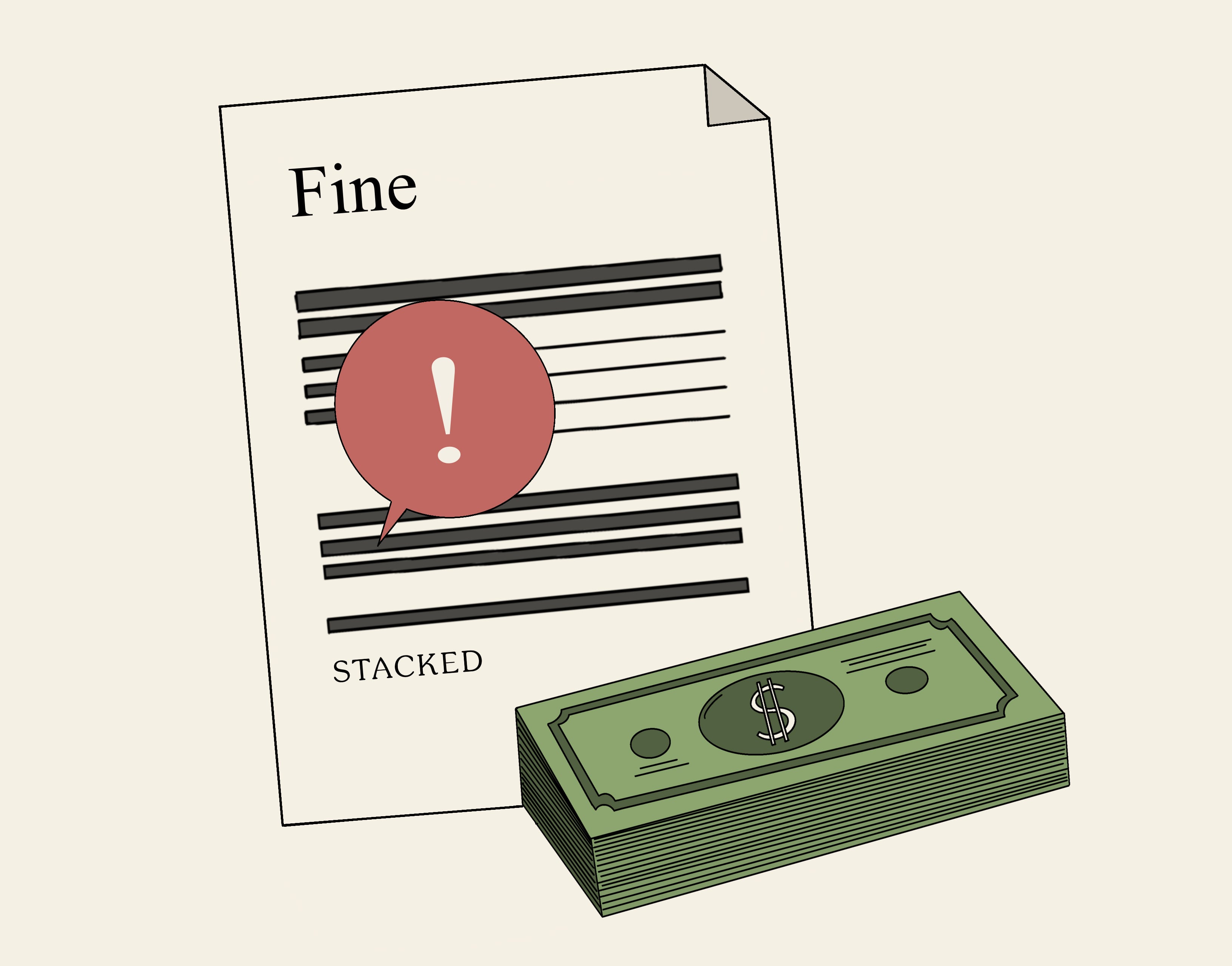
You’re under no obligation to fulfil the promises of the previous landlord. However, it’s useful to know the details anyway; they sometimes involve damage to the tenanted property, and misguided tenants may end up bothering you over it later.
Some of the common things to watch for include:
- The tenants owe fines to the condo management
- Promised clean-ups and fixes by the tenants, who haven’t made good on any of these
- The tenant has caused damage that should be subtracted from their security deposit, but the previous landlord has not taken action yet
6. The current net rental yield
The formula for net rental yield is: (Annual rental income – recurring costs) / total cost of property x 100.
For example, say the annual rental income is $42,000. The maintenance fee, utility bills, mortgage interest, agent commissions, etc. all account for $25,000 per annum. The property, along with costs like stamp duties, amounts to $1.6 million.
The net rental yield would be ($42,000 – $25,000) / $1.6 million x 100 = 1.06 per cent. In general, most residential units have a net rental yield of between one to two per cent.
Compare the net rental yield of the tenanted property to surrounding units
This is to get a sense of whether you’re charging the correct amount of rent, should the tenant decide to renew the lease. It’s possible to do this as units in the same development would be paying broadly similar costs as you, in terms of property tax, maintenance fees, and so forth.
If you can’t find the data for comparison*, contact us on Facebook, and we can put you in touch with someone who knows.
A lower than usual yield could also indicate problems with the property, such as a worse view than other units in the stack, or poor upkeep.
*Most sources, such as online property portals only provide gross rental yield and not net rental yield.
To be safe, never assume the previous landlord knew what they were doing, when you buy over a tenanted property
The rental rate set by the previous landlord is not necessarily correct, even if it’s been unchanged for two or three years. Likewise, laissez-faire landlords sometimes miss the amount of damage their tenants have actually inflicted on the property.
As such, it’s best to go over the property with a fine-tooth comb, and with the help of a real estate professional. Sometimes it’s not worth taking on the existing tenants; whatever the lure of rental income.
For more on the Singapore private property market and how to pick the right unit, visit Stacked. You can also check out the most in-depth reviews of properties on the market today. If you’d like to get in touch for a more in-depth consultation, you can do so here.
Illustrations by: Xiu Ying
Have a real estate question, or not sure what your options are? Email us at stories@stackedhomes.com.
Ryan J. Ong
A seasoned content strategist with over 17 years in the real estate and financial journalism sectors, Ryan has built a reputation for transforming complex industry jargon into accessible knowledge. With a track record of writing and editing for leading financial platforms and publications, Ryan's expertise has been recognised across various media outlets. His role as a former content editor for 99.co and a co-host for CNA 938's Open House programme underscores his commitment to providing valuable insights into the property market.Read next from Property Advice

Property Advice Should We Buy An Old 99-Year Leasehold Condo To Live In: Will It’s Value Fall When The Lease Runs Out?

Property Advice We Own A $800K 1-Bedder And A $1.1M 3-Bedder: Is It Possible To Upgrade To A 4-Bedder Condo?

Property Advice I Own A 55-Year-Old HDB Flat, But May Have To Sell — Can I Realistically Buy A Freehold Condo With $700K?

Property Advice We Own A 2-Bedder Condo In Clementi: Should We Decouple To Buy A Resale 3 Bedder Or Sell?
Latest Posts

Editor's Pick 2025 Year-End Review Of The Singapore Property Market: What The Numbers Reveal

Pro This 21-Year-Old Condo Didn’t Sell Out Initially, Yet Became A Top Performer

Editor's Pick How The HDB Resale Market Performed In 2025, And What It Means For 2026 Prices

Editor's Pick 4 Key Trends Reshaping Singapore’s New Launch Condo Market In 2026

Editor's Pick What I Only Learned After My First Year Of Homeownership In Singapore

Singapore Property News Why More Land Doesn’t Automatically Fix Housing In Singapore

On The Market Here Are The Cheapest 4-Room HDB Flats in Central Singapore You Can Still Buy From $490K

Pro How A Once “Ulu” Condo Launched In 1997 Became A Top Performer

Editor's Pick I Reviewed A New Launch 4-Bedroom Penthouse At Beauty World

Property Market Commentary When Renting In Singapore Is The Smarter Move — And Buying Can Wait

Editor's Pick Why Singaporean Families Are Looking At This Landed Enclave From Around $4M

Singapore Property News Lentor’s First Condo Is Complete — The Early Profits May Surprise You

Editor's Pick A Wave Of New HDB Resale Supply Is Coming In 2026: Here’s Where To Find Them

On The Market These Are Some Of The Cheapest 5-Room HDB Flats Left In Central Singapore

Pro This 698-Unit Ang Mo Kio Condo Launched At The Wrong Time — And Still Outperformed Peers


